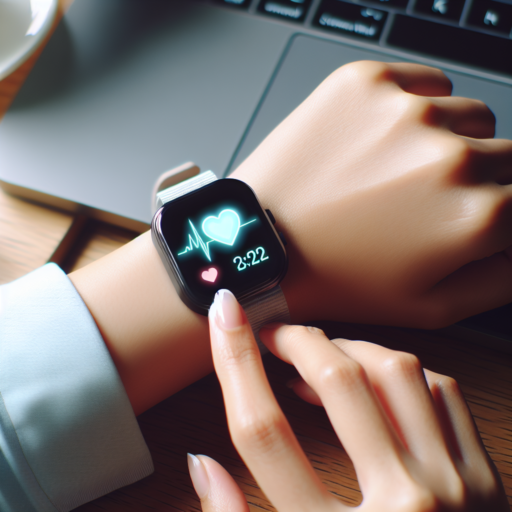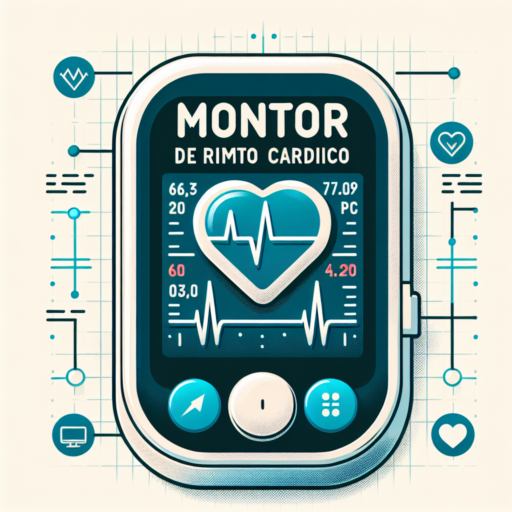What is a good heart rate on watch?
Understanding the good heart rate on a watch is pivotal for monitoring your cardiovascular health and optimizing your fitness routine. Generally, a normal resting heart rate for adults ranges from 60 to 100 beats per minute (BPM). However, athletes and people with higher levels of physical fitness may have a resting heart rate as low as 40 BPM. It’s essential to consider that what’s considered good can vary significantly depending on factors such as age, fitness level, and individual health conditions.
When it comes to active heart rates, or those recorded during exercise, a good heart rate will vary based on your age and physical condition. Typically, a target heart rate zone is considered to be 50% to 85% of your maximum heart rate. The maximum rate is approximately calculated as 220 minus your age. Hence, a 30-year-old would have a target active heart rate zone between 95 to 162 BPM. Your watch can help you stay within this zone, ensuring your exercises are both safe and effective.
Moreover, several watches now offer heart rate variability (HRV) tracking, providing insights into your recovery and stress levels. A higher HRV indicates better cardiovascular fitness, greater resilience to stress, and has been associated with a reduced risk of heart disease. Keeping an eye on these metrics can help you understand when to push your limits and when to focus on recovery.
Are pulse watches accurate?
The accuracy of pulse watches has been a topic of discussion among fitness enthusiasts and health professionals alike. These devices, designed to offer users a convenient way to monitor their heart rates, have grown in sophistication over the years. However, the question of their precision persists.
Several factors contribute to the accuracy of pulse watches. Firstly, the technology behind these devices plays a crucial role. Most modern pulse watches use optical sensors to detect blood flow through the skin. This method, while innovative, has its limitations. The sensor’s position on the wrist, movements, and even the skin’s thickness can affect the readings. Therefore, while these devices provide a good estimation, slight discrepancies from actual heart rate figures are not uncommon.
Comparing Pulse Watches to Standard Heart Rate Monitors
In evaluating the accuracy of pulse watches, it’s beneficial to compare them with traditional heart rate monitors, particularly chest straps. Chest straps are often considered the gold standard in heart rate monitoring for their direct contact and electrical signals detection. Pulse watches, despite their convenience and advanced technology, can sometimes lag in precision when compared to these devices. Variability in readings, especially during high-intensity workouts, can occur.
Despite these challenges, it’s essential to recognize the continuous improvements in pulse watch technology. Manufacturers are consistently working to enhance the accuracy of these devices. For many individuals, the convenience and overall reliability of pulse watches make them a valuable tool in monitoring fitness and health. While they may not replace medical-grade devices, their utility in providing real-time feedback and tracking progress is undisputed.
What is the most accurate heart rate watch?
Finding the most accurate heart rate watch depends heavily on a combination of advanced technology and user compatibility. The leading brands in the market have significantly invested in both areas, ensuring high precision in heart rate tracking. These devices utilize a variety of sensors and algorithms to provide users with the most accurate readings possible during various physical activities.
Key factors that contribute to the accuracy of heart rate watches include the type of optical heart rate sensor used, the watch’s ability to filter out noise and motion artifacts, and its software’s capability to interpret data accurately. Brands like Garmin, Polar, and Apple have continually set the standard high, incorporating not just heart rate sensors but also integrating other health monitoring features that enhance overall reading accuracy.
Moreover, the accuracy of these watches can be influenced by how the device is worn. A snug fit on the wrist, away from the wrist bone, can significantly improve the sensor’s accuracy. Users are encouraged to follow the manufacturer’s guidelines for wear and care to ensure they get the most precise readings from their watches.
No se han encontrado productos.
What is normal heart rate in smartwatch?
Understanding the normal heart rate through a smartwatch can be pivotal in monitoring your overall health and wellness. When we talk about a normal heart rate, it’s generally referred to as the number of heartbeats per minute (bpm) while at rest. For most adults, a normal resting heart rate falls between 60 to 100 bpm. However, it’s important to note that factors such as fitness level, age, and medication can influence individual heart rate values. Smartwatches, equipped with heart rate monitors, offer a convenient way to track this vital sign throughout the day.
It’s crucial to understand that while smartwatches provide an easy method to observe your heart rate trends, the accuracy can vary based on the device’s quality and how it’s worn. For accurate measurement, the sensor should maintain good contact with your skin. This contact allows the device to track your heartbeat through the blood flow in your wrist, which is then calculated to give a bpm reading. Recognizing deviations from your normal heart rate pattern can signal the need for a medical checkup or lifestyle adjustments.
In the context of fitness and physical activity, the target heart rate zone becomes a significant metric. This zone is typically 50% to 85% of your maximum heart rate, which varies by age. Exercising within this zone ensures you get the most from your workouts, improving cardiovascular fitness without overstraining. Smartwatches are particularly useful for not only monitoring your heart rate during exercise but also for helping you stay within your target zone for optimal health benefits.




